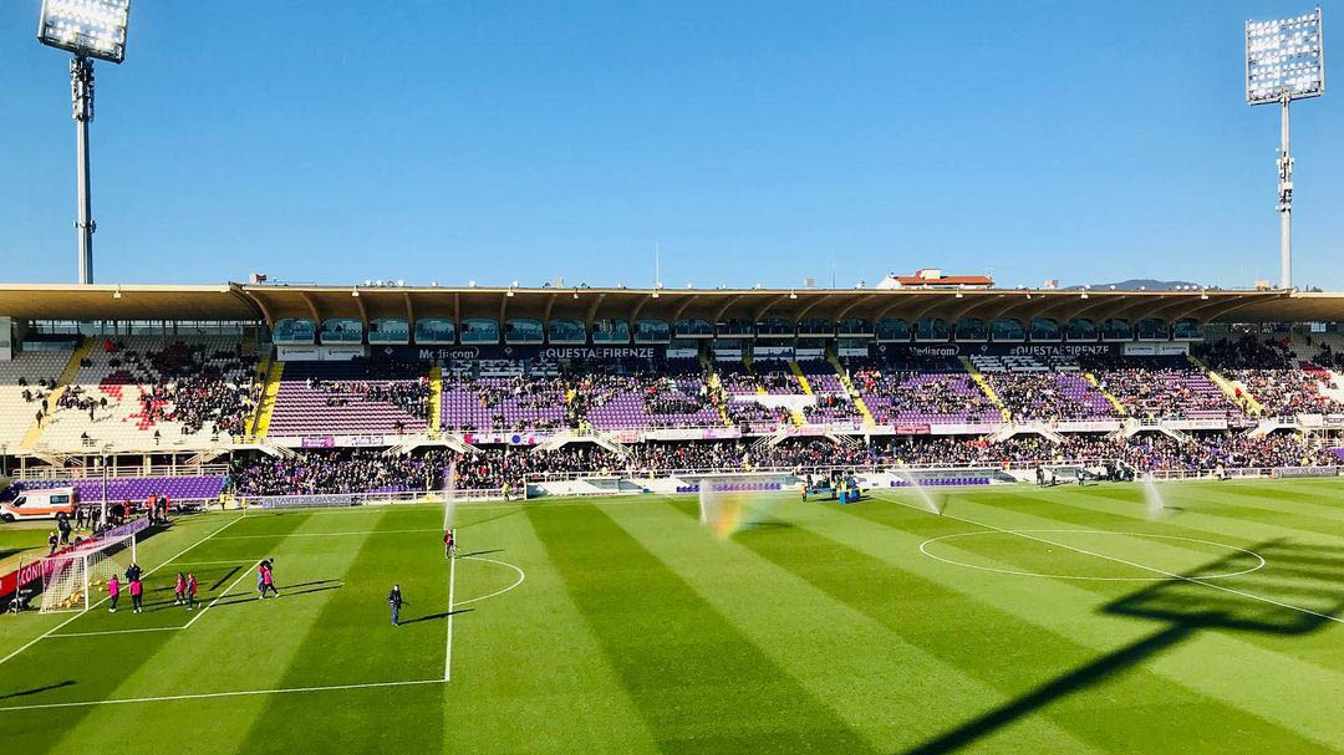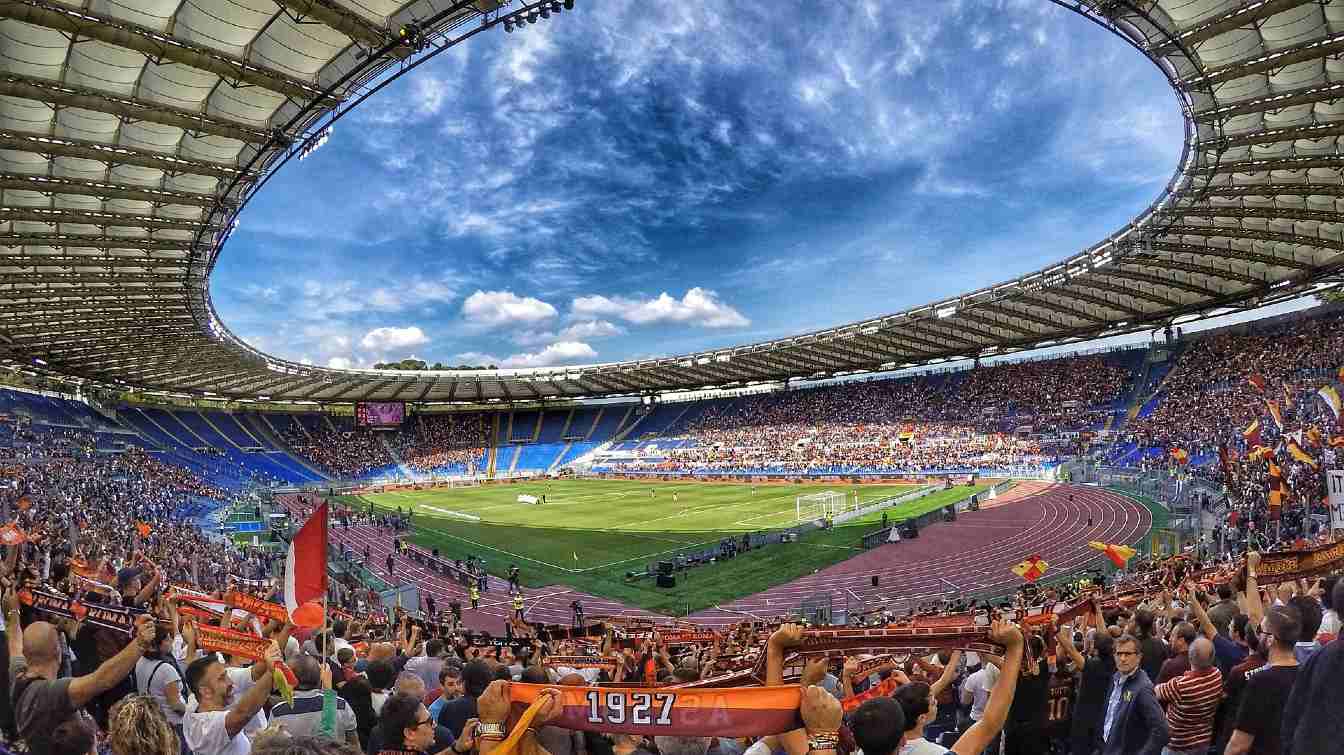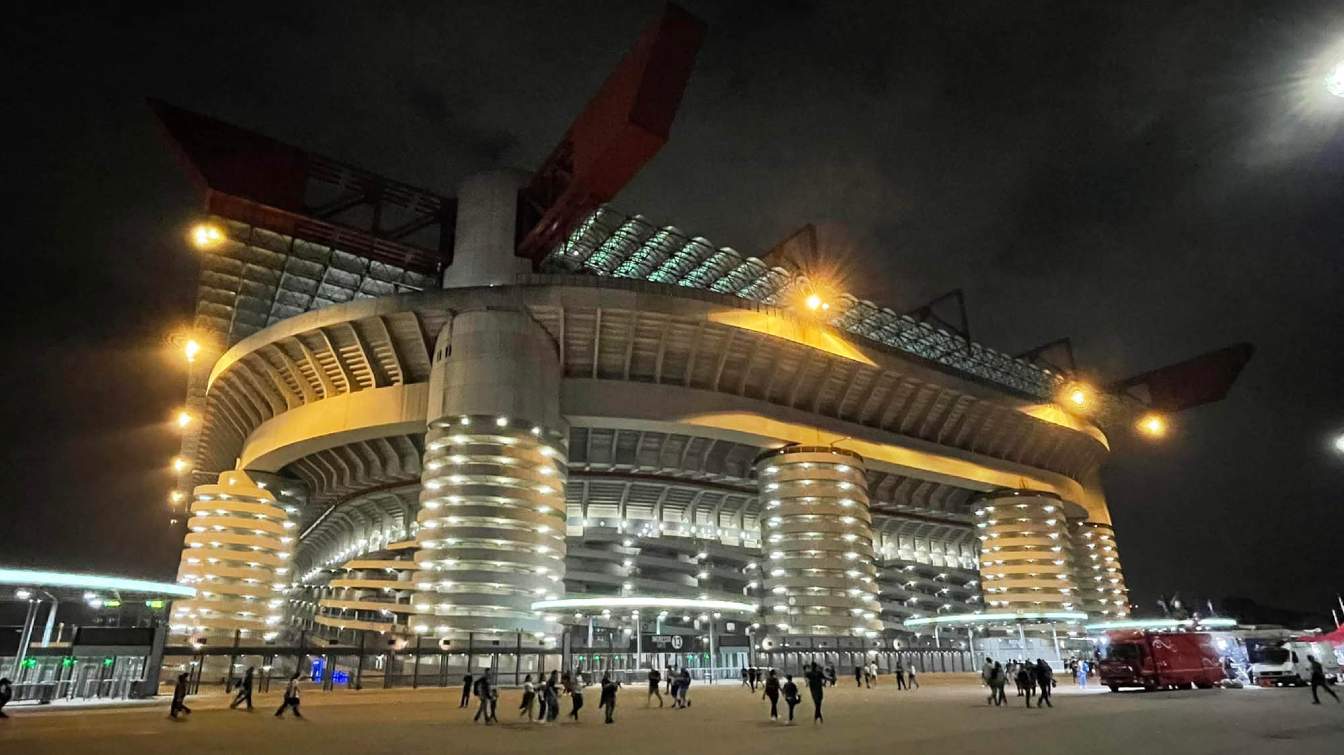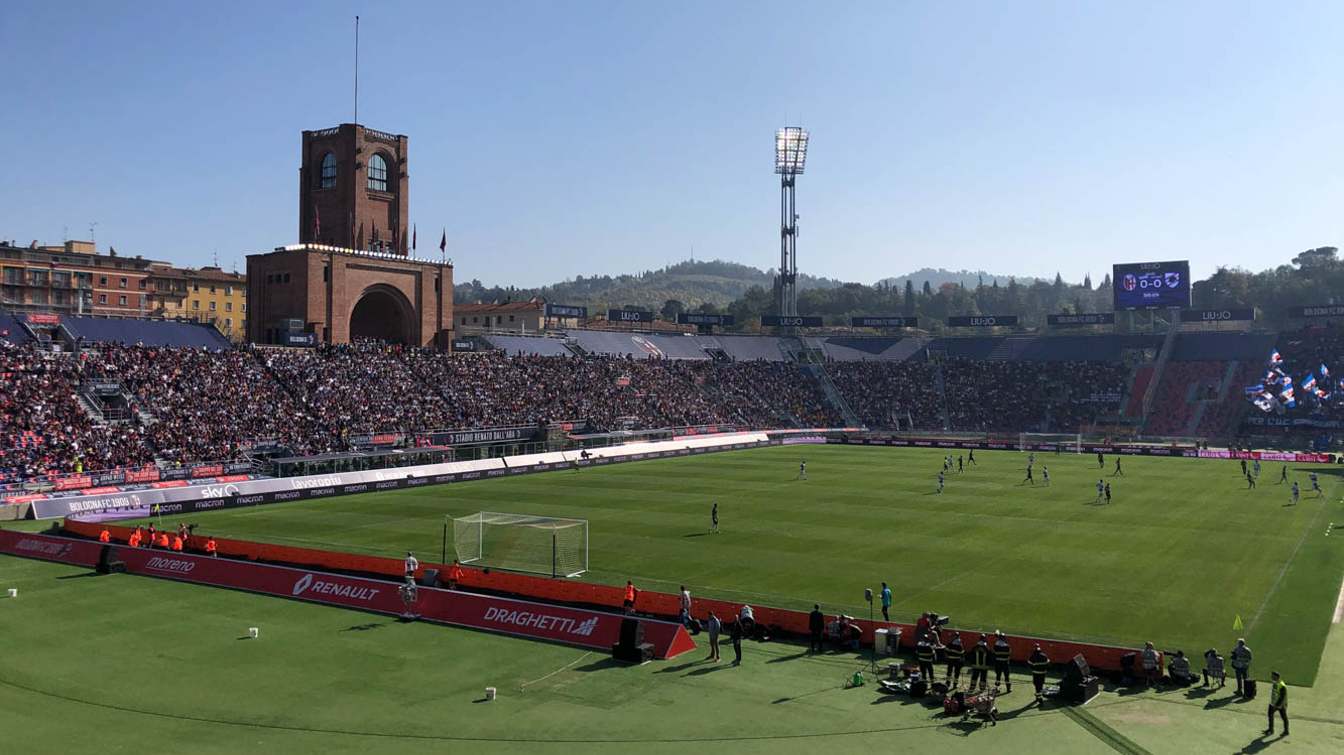Italy: How much have Serie A stadiums earned in 2023?
source: Calcio e Finanza, UEFA, StadiumDB.com; author: Miguel Ciołczyk Garcia
 The Italian league is ranked among the prestigious "Big 5" - a group of Europe's best leagues. Despite this, in terms of revenue, Serie A stadiums lag behind venues in England or Spain, as the Calcio e Finanza portal has shown by publishing the revenue brought in by Italian arenas in 2023. The gap between the bottom and the top of the ranking is huge, but the battle for 1st place was fierce.
The Italian league is ranked among the prestigious "Big 5" - a group of Europe's best leagues. Despite this, in terms of revenue, Serie A stadiums lag behind venues in England or Spain, as the Calcio e Finanza portal has shown by publishing the revenue brought in by Italian arenas in 2023. The gap between the bottom and the top of the ranking is huge, but the battle for 1st place was fierce.
Advertisement
How much did the bottom of the economic table earn?
The most modestly ranked in Calcio e Finanza's 2023 analysis was Monza, receiving just €2.7 million from its facility. Similar results were scored by Empoli (€2.8m) and Spezia (€3m). Slightly better were Sassuolo (€3.7m), Verona, Torino and Cremonese - €4.5m each.
They were followed by Sampdoria in 13th place with €4.6m. The next ones were Bologna (€6.4m) and Atalanta, who, despite finishing 5th in 2022/23 and playing in the Europa League, finished 11th with €7.2m. Such an outcome has to do with the construction of their stadium, which has been ongoing throughout this period. The top ten is opened by Udinese (€8m), whose result was slightly improved by Salernitana (€8.6m) and Lecce (€8.8m).
 © groundhopping_damenklo | Stadio Artemio Franchi, Firenze
© groundhopping_damenklo | Stadio Artemio Franchi, Firenze
Milan's economic derby
Only seven clubs achieved double-digit revenue from their stadiums, but in this group a wide disparity is evident as well. Stadio Artemio Franchi of seventh-placed Fiorentina generated €14.1 million, as did Stadio Olimpico for Lazio with €17.9 million. More revenue than both clubs combined was received by Napoli, as Stadio Diego Armando Maradona earned €37.9m.
4th in the table was Roma, who share the capital's Olympic Stadium with Lazio. Roma’s budget was boosted by €49.2m from the stadium. At the bottom of the podium was Juventus, whose Allianz Stadium provided the Turin-based club with €61.5 million.
The top two places were occupied by AC Milan and Inter, who share Stadio San Siro, but despite securing an impressive €72.8 million for Italian conditions, the Rossoneri also had to give way in this competition to the Nerazzurri, who received €79 million in revenue.
 © Marco_Pomella | Stadio Olimpico
© Marco_Pomella | Stadio Olimpico
How does Serie A compare to the European leagues?
The gap between the best Serie A teams and the rest is huge. The 13 worst teams in terms of stadium revenue collectively generated just €69.3m, less than Inter or AC Milan. This disparity compounds the difference in potential between Italian teams.
This is a visible trend in the Italian league, as UEFA's The European Club Finance and Investment Landscape report for 2023 shows that the average ticket revenue in Italy is just €10.9m, the lowest of the so-called Big 5. By comparison, the same average for the Premier League is €44.7m.
Just as bad is the median, i.e. the earnings of the club in the middle of the table. In Serie A, it is €5.6m, almost five times less than in England. The median is also higher in Germany (€11.9m), France (€6.8m) and Spain (€6.1m), where Barcelona and Real Madrid monopolise
attendance year after year. In 2023, the median has increased by €2m, which may indicate improved financial performance.
 © The Hausmeister's Groundhopping | Stadio Giuseppe Meazza (Stadio San Siro)
© The Hausmeister's Groundhopping | Stadio Giuseppe Meazza (Stadio San Siro)
Why do Italian stadiums perform so poorly?
The reason is not the capacity of the stadiums, as the venues on the Apennine Peninsula are not far behind the rest of the country in terms of the number of seats. The answer, however, may lie in attendance. Inter, AC Milan, Roma, Napoli and Lazio account for half (!) of the tickets sold this season.
In Serie A, the average attendance does not exceed 31,000 spectators per game, which is ⅖ of the average number of fans at matches of the most-watched team - Inter Milan, whose matches are watched by an average of 73,000 people. This compares with an average of 39,000 spectators per game in the Premier League, more than half the average attendance at the most popular Old Trafford (73,500).
Thus, the average in the Premier League is at the level of the 10th team and in Serie A it is between the 8th and 7th teams in the table. The poor financial performance of Italian stadiums may also be influenced by the fact that only ⅕ of them take their name from a title sponsor, while in Germany 78% of teams make money this way.
 © Nick.mon (CC BY-SA 4.0) | Stadio Renato Dall’Ara
© Nick.mon (CC BY-SA 4.0) | Stadio Renato Dall’Ara
Of course, stadium revenues are only part of a club's income, but they may provide some indication of why the Premier League has left La Liga, Serie A, Bundesliga or Ligue 1 behind economically. Strong competition and similar revenues foster fierce rivalry, while monopolisation of resources along the lines of Barca and Real in Spain or Inter in Italy does not foster innovation and economic growth.
And here is a total breakdown of Serie A stadium revenues:
| Pos. | Stadium | Club | Revenue (in €m) |
Capacity |
|---|---|---|---|---|
| 1. | Stadio San Siro | Inter | 79 | 75,817 |
| 2. | Stadio San Siro | AC Milan | 72,8 | 75,817 |
| 3. | Allianz Stadium | Juventus | 61,5 | 41,507 |
| 4. | Stadio Olimpico | Roma | 49,2 | 73,261 |
| 5. | Stadio Diego Armando Maradona | Napoli | 37,9 | 54,726 |
| 6. | Stadio Olimpico | Lazio | 17,9 | 73,261 |
| 7. | Stadio Artemio Franchi | Fiorentina | 14,1 | 43,147 |
| 8. | Stadio Via del Mare | Lecce | 8,8 | 31,559 |
| 9. | Stadio Arechi | Salernitana | 8,6 | 29,739 |
| 10. | Bluenergy Stadium | Udinese | 8 | 25,132 |
| 11. | Gewiss Stadium | Atalanta | 7,2 | 19,768 |
| 12. | Stadio Renato Dall’Ara | Bologna | 6,4 | 38,279 |
| 13. | Stadio Comunale Luigi Ferraris | Sampdoria | 4,6 | 33,205 |
| 14. | Stadio Giovanni Zini | Cremonese | 4,5 | 16,003 |
| 15. | Stadio Olimpico Grande Torino | Torino | 4,5 | 28,177 |
| 16. | Stadio Marcantonio Bentegodi | Hellas Verona | 4,5 | 39,211 |
| 17. | Mapei Stadium | Sassuolo | 3,7 | 21,525 |
| 18. | Stadio Alberto Picco | Spezia | 3,0 | 11,902 |
| 19. | Stadio Carlo Castellani | Empoli | 2,8 | 16,284 |
| 20. | U-Power Stadium | Monza | 2,7 | 15,039 |
Advertisement

 StadiumDB
StadiumDB